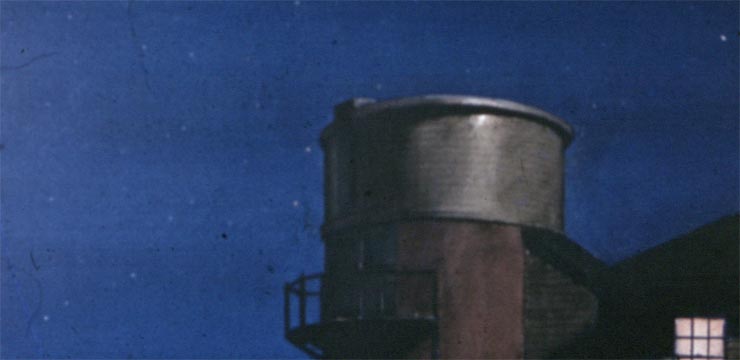December 2011
The Night of Raining Fire
Richard SandersonDuring the early morning hours of November 13, 1833, hundreds of thousands of meteors and fireballs blazed across the heavens over the eastern United States. The cosmic fireworks took the nation by surprise and convinced some terrified observers that they were witnessing the Day of Judgment. During the months that followed, astronomers uncovered the true nature of meteor showers and meteor storms.
Richard Sanderson has collected numerous accounts of the 1833 Leonid Meteor Storm that were published in period newspapers and journals across the country, many of which have never again appeared in print. Using these eyewitness descriptions, he will bring alive this historic astronomical event and survey the wide range of theories that sought to explain its origin.
Richard Sanderson is the Curator of Physical Science at the Springfield Science Museum in Massachusetts, and is Director of the museum's Seymour Planetarium. He is the author of a feature article about the 1833 meteor storm that appeared in the November 1998 issue of Sky & Telescope and is co-author of the 2006 book, Illustrated Timeline of the Universe.
Skyscrapers December Holiday Meeting and Festivities
We are continuing our Skyscrapers tradition and will be holding our December Meeting on Saturday (Dec. 3rd) at 7:00pm rather than our normal Friday. Our meeting will be at the North Scituate Community Center, as it will be from December through April. Our speaker that evening will be Richard Sanderson, Curator of Physical Science at the Springfield Science Museum in Massachusetts, and Director of the museum's Seymour Planetarium.
We are planning to have a Pot Luck Dinner, and past years have proven that many of our members do not only know their way around a telescope, but can handle a stove as well. Now, if you’re like me, a person that should not be allowed anywhere near a stove, feel free to bring your favorite prepared items from professionals like Sarah Lee or Frito Lay. We have planned on providing the Coffee, refreshments, and some pastries. The Saturday date was decided upon years ago to allow those planning a homemade dish sufficient time to prepare them, and to provide our members adequate time to arrive. Let me know what food item you plan to bring so that our efforts can be coordinated and we don’t end up with too much of any one item. You can contact me via e-mail at DeepSpaceViewer@aol.com or call me at 401-489-1957.



Geminids 2011
Observe Delta Cephei
: By Gerry DyckDecember Constellations & Folklore
: By Francine JacksonMeteor(ocre) Prospects for the Geminid Meteor Shower
: By Dave HuestisM33: Galaxy in Triangulum
: By Glenn Chaple




